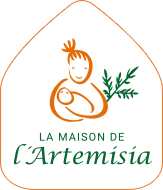Artemisia afra
Download in pdf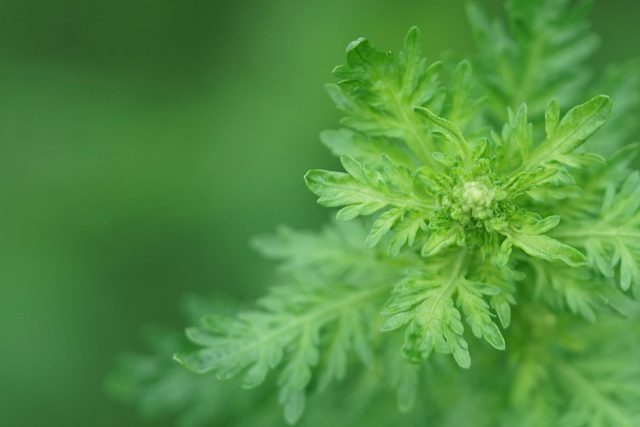
Taxonomy
Artemisia afra Jacq. ex Willd is a species of the Asteraceae family. It has many common names, including “African wormwood”, “wild wormwood” in English and “armoise africaine” in French.
Among these many local names are:
Wilde als, als, alsem (Afrikaans) ; Fivi (Kisambaa), Lunyaga (Kisafwa), umhlonyane (Swati, Xhosa, Zulu), um hlonyane (Xhosa), umhlorryane (Xhosa), msuzwane (Xhosa), mhlonyane (Zulu), iliongana (Tsawana), lengana (Pedi, Tswana, Sotho, Setswana), lusanje (Kinyakyusa), zengana (Southern Sotho) ; nthilili (Nyaneka), eliminiomba in Angola, aguppiyaa/agufa (Konta), yesiet kest (Amharic), ttcikkugne, ariti (Amaringa), chukun, jukun (Galinya-harar), kodo (Galinya), kapani (Galinya-bale), chugughee (Gedeoffa), godoguracha (Oromic) in Ethiopia ; olchanipus, sisimwet (Sabaot) in Kenya ; enjani pus, fivi/fifi (Swahili, Sambaa), injanev yoso, inyaga, linyaga, olunjanyioiboru, sumangara, fifi (Shambaa), ushemeli (Sukuma) in Tanzania. [1-5]
Origin and distribution
Artemisia afra Jacq. ex Willd is one of the longest known and most widely used medicinal plants in Southern Africa.
It grows naturally in the mountainous areas of East and Southern Africa between 1500 and 3000 m altitude in Ethiopia, Kenya, Tanzania, Uganda, DRC, Zambia, Zimbabwe, Angola, Namibia, Botswana, Eswatini (formerly Swaziland), Lesotho, Malawi, Mozambique and South Africa.
It is the only native species (naturally native to this region) of the genus Artemisia. [1,3-7]
Botanical description
The morphology of Artemisia afra varies enormously from one plant to another.
Woody shrub, forming perennial bushes that vary in height from 0.6 to 2.4 m [8].
Stems are pale green to grey, multiple, ridged and hairy [8,9].
Thicker stems becoming woody at the base [10].
Many smaller lateral branches grow from the main stems [10].
Alternate, petiolate leaves, finely divided, similar to Artemisia annua 3-14 cm long and 1.5-6 cm wide.
Oval lamina¹ with regular cut aspect. Even or dentate edge, slightly folded [8].
The leaves are greyish-green and glabrous on the upper side, occasionally hairy [8].
However, leaves are covered with small white hairs giving a felted aspect and lighter green in colour on the under side.
These hairs, also present on the stems, give Artemisia afra a characteristic “silver-grey” colour which differentiates it from Artemisia annua [8-11].
Caniculate leaf (the central ridge is slightly depressed on the upper side, and prominent on the under side) [8].
Easily identifiable aromatic odour [9].Pruning will give multiple branch growth.
Inflorescences² in yellow-green panicles that appear on some branches of the plant.
Tiny yellow butter-coloured flowers arranged in globular capitulums around 3 mm diameter [9,11].
Fruits 1 mm long.
Each ovary produces a very small achene³.
So far, obtaining viable seeds seems difficult.
¹ Lamina : leaf blade
² Inflorescence : cluster of flowers arranged on a stem
³Achene : Dry one-seeded fruit that does not open to release the seed.
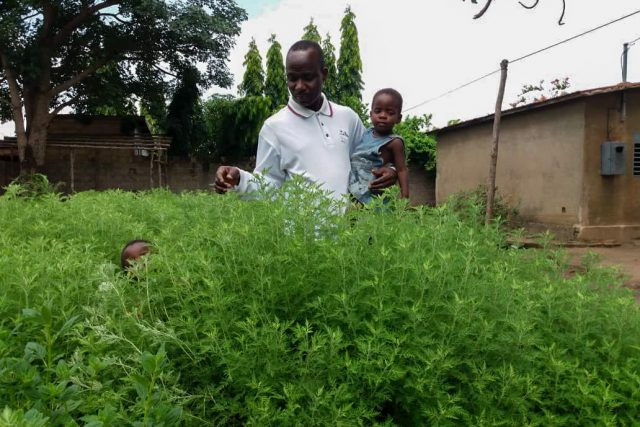
Ecological requirements
- Sun
Like Artemisia annua, Artemisia afra likes the sun. Wind appears to impact growth.
- Temperature
Average optimum growth temperature: 20-33°C [3].
Growth is slower in the cold season. Artemisia afra can withstand quite low temperatures in winter but dies under – 7°C. [3,12]
- Water
Artemisia afra is more drought resistant than Artemisia annua once established. Water requirements thereafter are less frequent. [3]
It requires rainfall of more than 650 mm/year to grow in abundance. In Tanzania, it occurs naturally in areas where rainfall varies from 900-2400 mm/year. [1]
- Soil
Artemisia afra is common on arid soil. In general, it is a hardy plant which grows well on any type of well-drained soil.
Growth is compromised if the pH is not between 5 and 7.5. [3]
It is found in upland wilderness, coastal areas, steep or wet slopes, along streams and on the edge of forests [9,11].
Important: it is always possible to circumvent any adverse local conditions by selecting better suited varieties.
Phenology
6 stages of development :
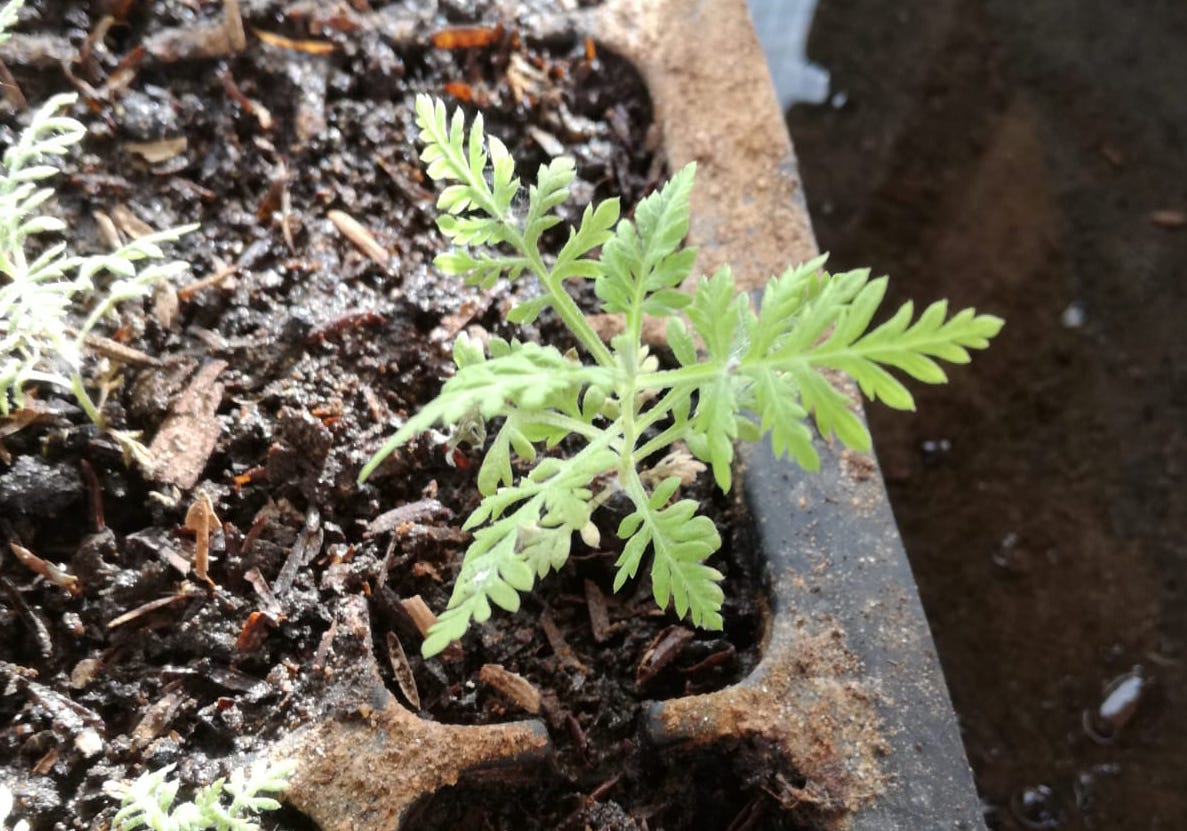
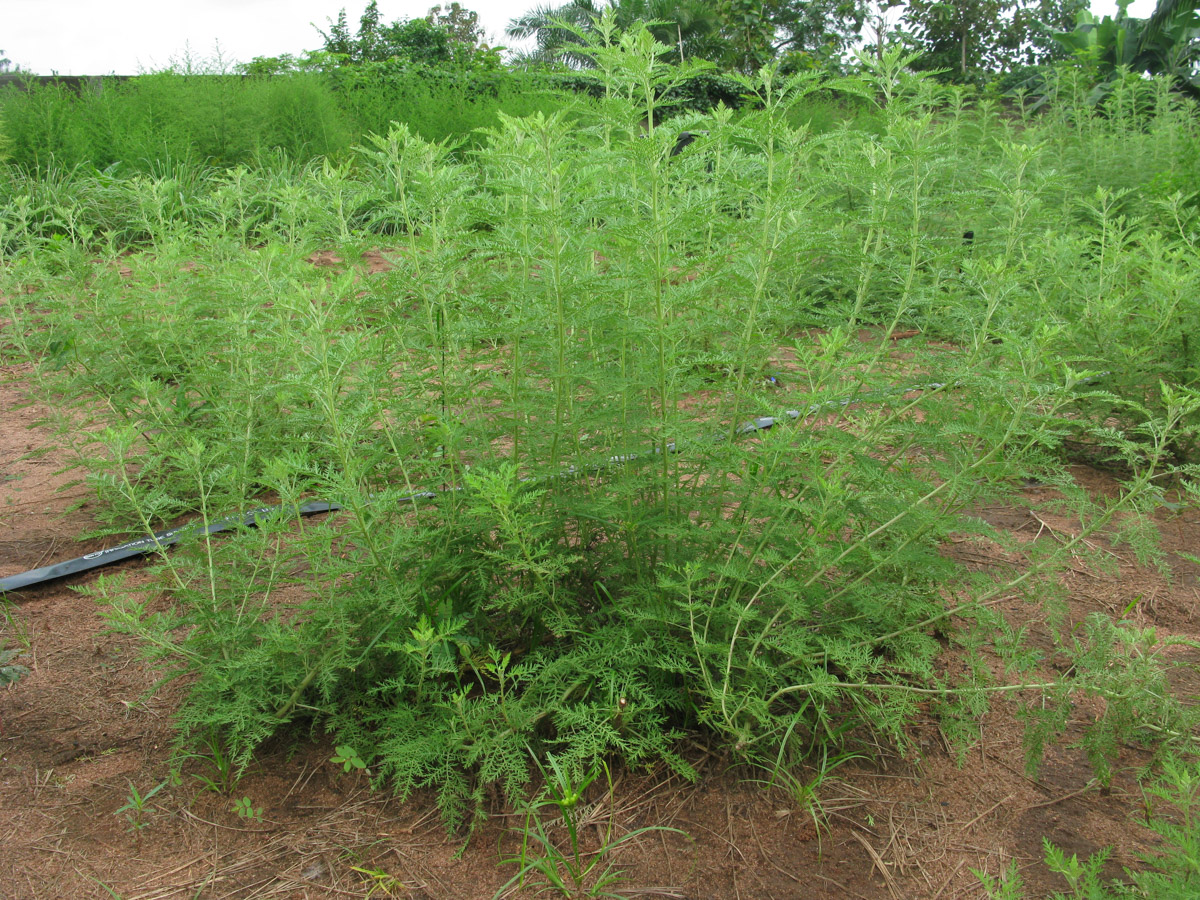

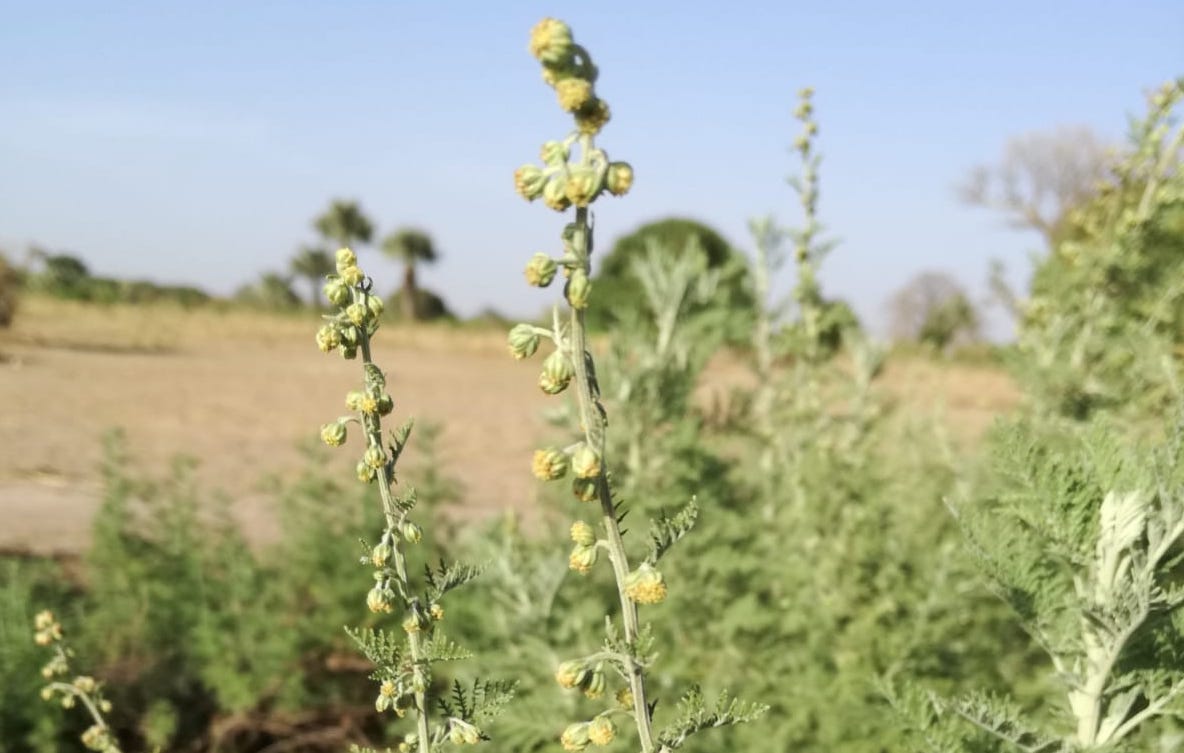
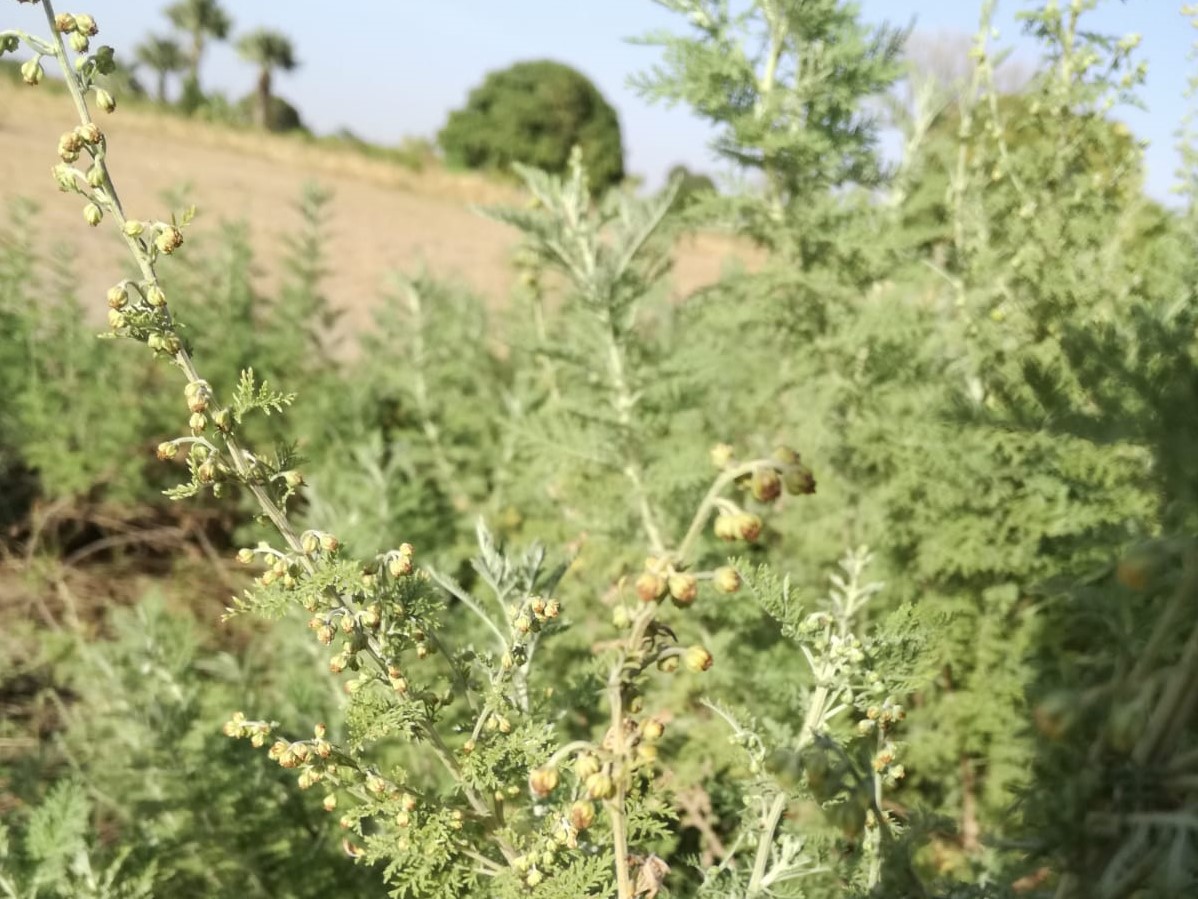
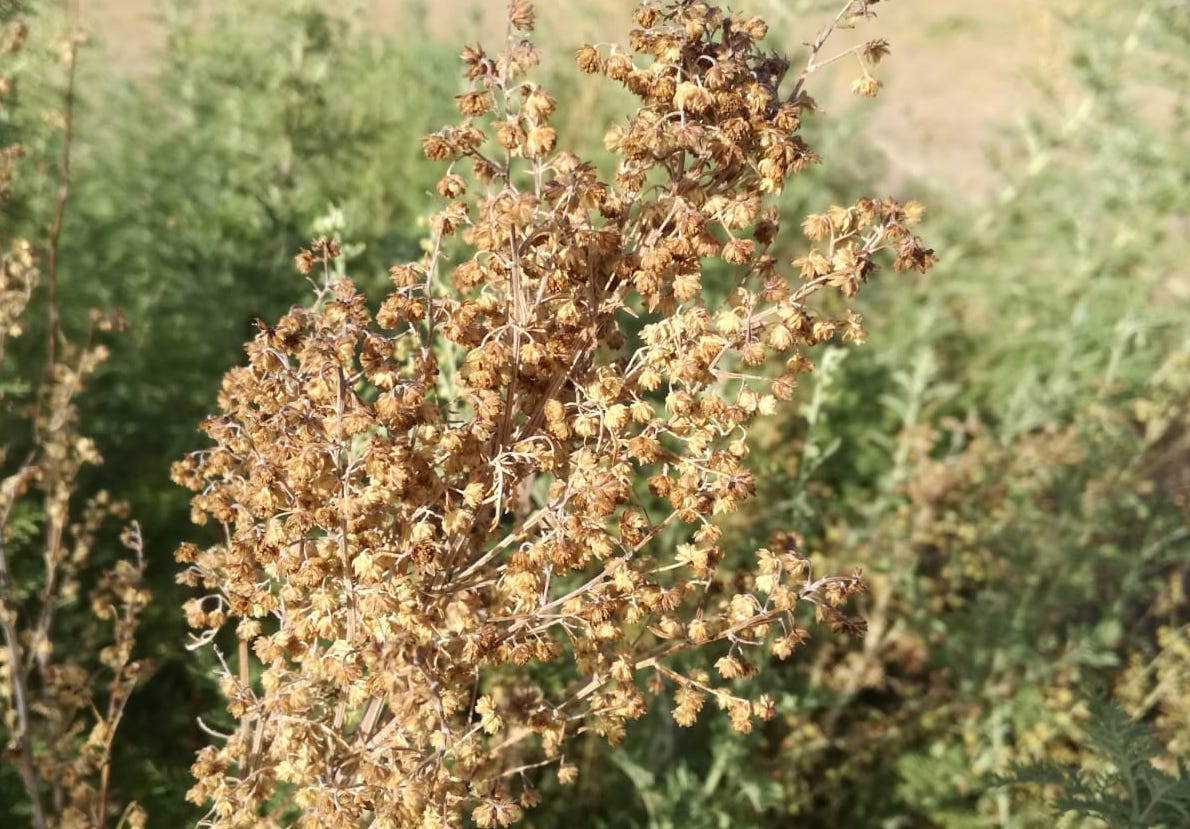
There are overlaps of stages 3, 4, 5 and 6 depending on the parts of the plant.
Only certain branches will go through stages 3, 4, 5 and 6.
Due to its perennial nature, development is much slower than that of Artemisia annua.
References
1 – Food and Agriculture Organisation of the United Nations (FAO). Some medicinal forest seedlings of Africa and Latin America (FAO Forestry Paper) 67. 1986. http://www.fao.org/docrep/015/an797e/an797e00.pdf
2- Liesl van der Walt, Kirstenbosch National Botanical Garden. Artemisia afra Jacq. ex Willd. PlantZAfrica & South African National Biodiversity Institute (SANBI). 2004. http://pza.sanbi.org/artemisia-afra
3 – Patil GV, Dass SK, Chandra R. Artemisia afra and Modern Diseases. J Pharmacogenomics Pharmacoproteomics. 2011; 2; 105. https://www.omicsonline.org/artemisia-afra-and-modern-diseases-2153-0645.1000105.php?aid=2815
4- Dube, A. The design, preparation and evaluation of Artemisia Afra and the placebos in tea bag dosage form suitable for use in clinical trials. Mr. Pharm. Thesis: School of Pharmacy, Western Cape University, Bellville, South Africa. 2006. https://www.researchgate.net/publication/30758550_The_design_preparation_and_evaluation_of_Artemisia_Afra_and_placebos_in_tea_bag_dosage_form_suitable_for_use_in_clinical_trials
5 – Africa Museum (base Prélude) https://www.africamuseum.be/fr/research/collections_libraries/biology/prelude/results?keywords=artemisia%20afra®ion=2&cur_page=2
6- Quattrocchi, U. (2012). CRC world dictionary of medicinal and poisonous plants: common names, scientific names, eponyms, synonyms, and etymology (5 Volume Set). CRC press.
7 – Wikiphyto http://www.wikiphyto.org/wiki/Absinthe_africaine#Nom_de_la_plante
8 – Beentje. (2002). Flora of Tropical East Africa ; consulted on PROTA (21/02/2020) https://www.prota4u.org/database/protav8.asp?h=M4&t=Artemisia&p=Artemisia+afra
9 – N.Q. Liu, F. Van der Kooy, R. Verpoorte. Artemisia afra: A potential flagship for African medicinal plants?. South African Journal of Botany. 2009;75(2);185-195. https://www.sciencedirect.com/science/article/pii/S0254629908003165
10 – Association Kokopelli. Armoise. Fiche technique de la campagne Semences Sans Frontières. 2018.
11 – Anonymous. African wormwood production: Essential oil crops Production guidelines for African wormwood. Plant Production, Agriculture, forestry & fisheries department, RSA. 2009. https://www.daff.gov.za/Daffweb3/Portals/0/Brochures%20and%20Production%20guidelines/Production%20guidelines%20African%20wormwood.pdf
12 – Cornet-Vernet Lucile. Founder and Vice-President of the Association La Maison de l’Artemisia. Observations reported.
